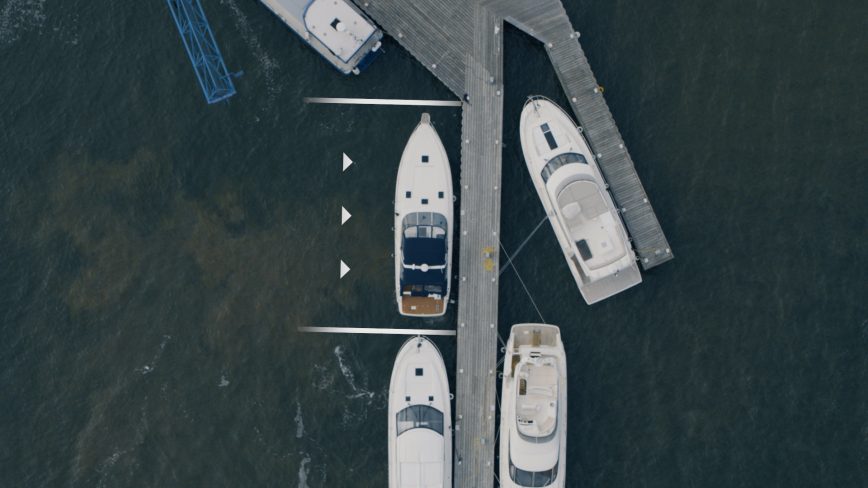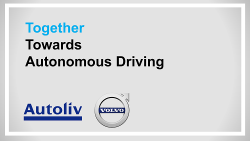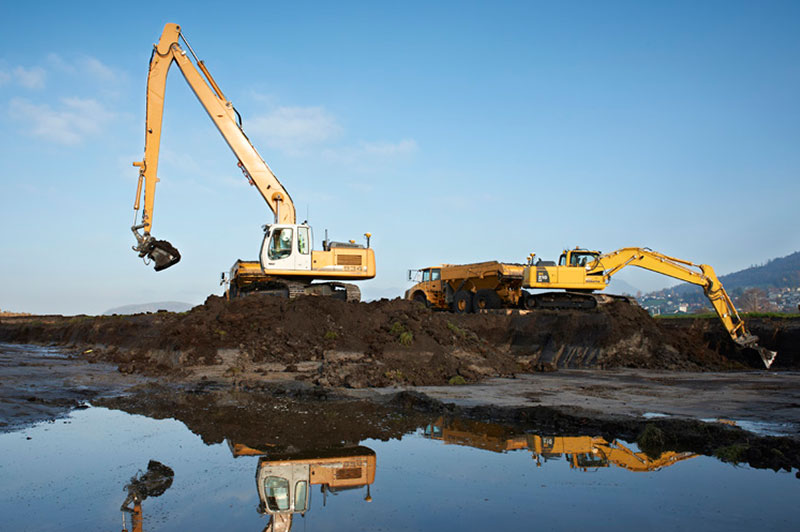Volvo Penta announced its Assisted Docking system, integrating GPS dynamic positioning, at the Consumer Electronics Show (CES). The Assisted Docking system gives the captain better control when docking a boat by automating his or her intentions, compensating for some dynamic variables, such as wind and current, and helping the vessel stay on its intended course.
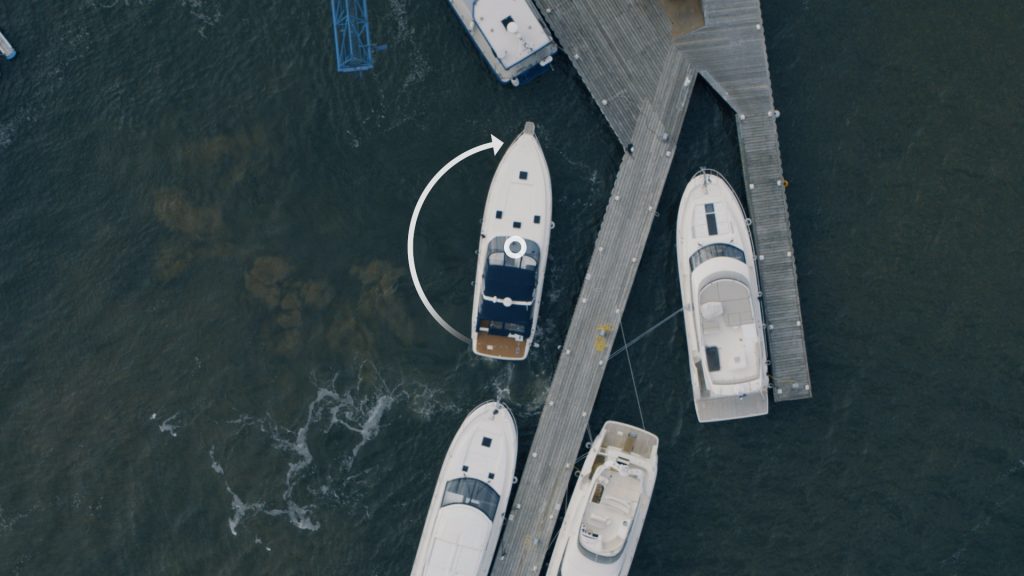
The Assisted Docking system integrates a software layer developed in house with the company’s GPS-based Dynamic Positioning System (DPS) and proprietary Inboard Performance Systems (IPS) for a complete package including HMI (human-machine interface) at the helm, electronics via the engine, propulsion systems and sensors, and advanced navigation processing power for a much easier boating experience, even in rough conditions.
Unlike a car, a boat never stands still without some maneuvering required. And moving in a straight line, into a narrow berth in foul weather is much more difficult than steering the wheel of a car. The DPS automatically maintains a boat’s heading and position, even in rough conditions
Docking can be one of the most stressful and challenging aspects of boating, even for experienced captains. The consequences of getting it wrong when are expensive, at best – and that is in fair weather. Add crowded marinas, strong winds, and rough currents and the outcome can be problematic and even quite dangerous.
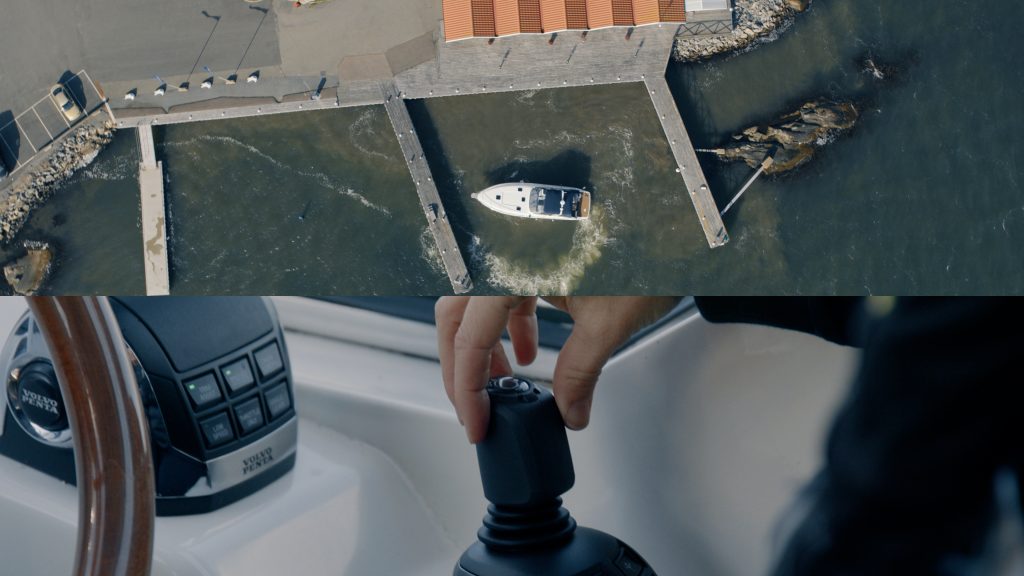
The Assisted Docking system consists of the joystick that controls the steering input and the GPS-based Dynamic Positioning System antenna to know the exact position and heading. The captain maneuvers the vessel with the joystick, thereby informing the system which direction it should head in and at what speed. If you move the joystick forward, the system lays out a path straight forward from the boat and the boat starts to follow a straight line with the indicated speed.
The boat docking system also takes into account certain external forces (i.e. wind, current) and the EVC system – upgraded with in-house developed software – compensates to ensure the boat follows the captain’s intentions. It does this by calculating drive angles and thrust, then acts on the drift and moves the boat back to its intended course. The boat docking system keeps this course by constantly fine-tuning the steering angles and thrust.
The captain is still needed at the helm, but Volvo Penta’s Assisted Docking system is constantly compensating for engine input and engine and drive output to help ensure the boat moves as he or she intends. Everything is designed to work together.
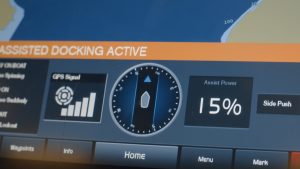
The main features of the boat docking system are: moving in straight lines without manual compensation, standing still, slow maneuvering functionality, rotating around a fixed point, micro re-positioning and alignment, and side push for sideways docking.


